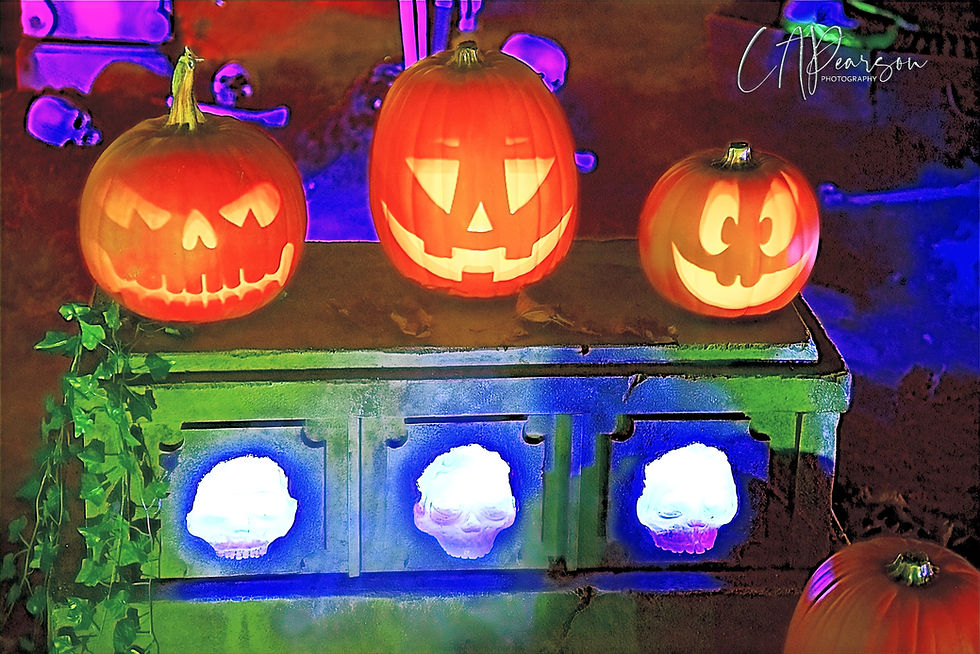Worth capturing, Worth Viewing.
- Canadian Bloggers

- May 23
- 2 min read
What feeds our heart and our art are the untouched, open spaces in nature. These are places where I find respite and restoration and feels connected with something larger than myself. The open space that encourages me to breathe deeply, look closely and listen intently to the roar of the ocean or the silence of the forest.
Great photography has always been about the art and craft of light; about understanding the tools of the photography and using them well; and about perception, lighting and the ability to capture a photograph that catches an audience's attention and communicates a subject.
We believe the way to get the best photos from a camera is to do it correctly from the beginning of each session. Yet there is an idea that one does not need to devote much effort when you have the computer to help. This idea has sometimes reached almost unreal proportions. A number of years ago, a digital photography article in a major news magazine said software was available that would automatically transform amateur photos into photographs that would rival the best of a professional photographer.
That software never existed, nor will it, because good photography has always been about the art and craft of light; about understanding the tools of the photography and using them well; and about perceptive a photograph that catches an audience's attention and communicates a subject or subjects well.

In photography the absence of light means the absence of any quality picture. A well lit subject is the aim of any photographer. Lighting styles are therefore employed to make sure that such a goal is achieved. There are numerous ways through the desired lighting techniques can be achieved. In photography, the angle at which the light hits a subject is crucial. Therefore a photographer will make sure that light angles on the subject are at their very best, and this involves the placing of lights at certain angles in relation to the subject.




Comments